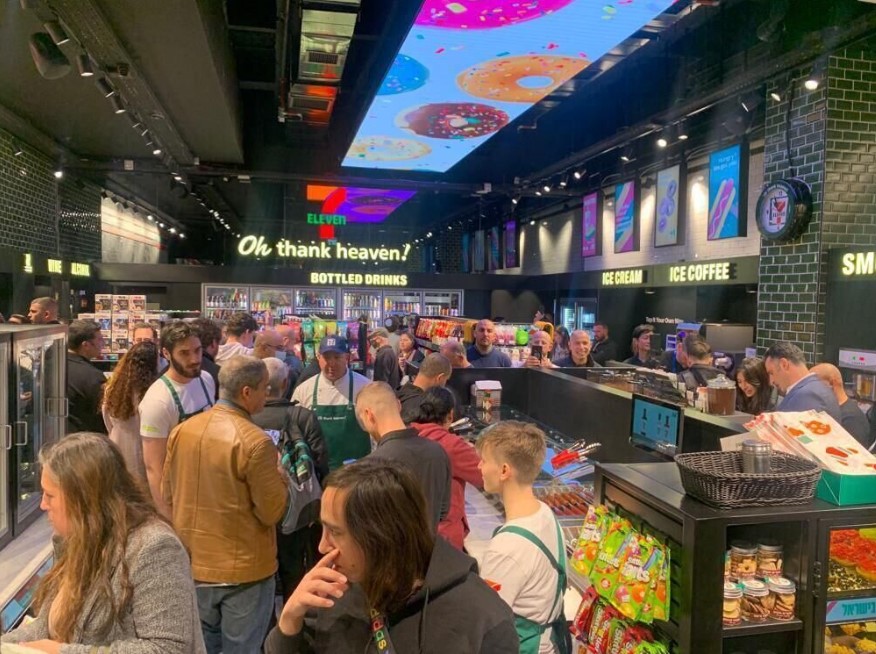Electronic shelf labels (ESLs) are becoming increasingly popular in the retail industry, with many retailers adopting this technology to streamline their operations and improve the customer experience. These labels, which are typically small electronic displays that can be attached to store shelves, offer a number of advantages over traditional paper-based labels, including improved accuracy, efficiency, and flexibility.
One of the key advantages of ESLs is that they can be updated in real-time, allowing retailers to quickly and easily change prices, update product information, and even change the layout of their stores. This can be particularly useful in stores with a large number of products, where traditional paper labels can be time-consuming and expensive to update. With ESLs, retailers can make changes instantly, without the need for manual labor or expensive printing equipment.
Another advantage of ESLs is that they offer improved accuracy and consistency. Traditional paper labels can be prone to errors, such as typos or incorrect pricing, which can cause confusion and frustration for customers. ESLs, on the other hand, are controlled by a central system that ensures that all labels are up-to-date and accurate. This helps to minimize errors and ensure that customers have a positive shopping experience.
ESLs can also offer significant cost savings for retailers. While the initial cost of installing the electronic displays may be higher than the cost of traditional paper labels, the long-term savings can be significant. For example, retailers can save money on labor costs associated with printing, distributing, and installing paper labels, as well as the cost of disposing of outdated labels. In addition, ESLs can help to reduce the number of pricing errors, which can result in costly refunds and unhappy customers.
Finally, ESLs offer retailers greater flexibility in how they present their products. Retailers can use the displays to highlight special promotions, provide additional product information, or even display customer reviews. This can help to improve the customer experience and increase sales by making it easier for customers to find the products they are looking for.
While ESLs offer many advantages, there are also some challenges that retailers should be aware of. One of the main challenges is the initial cost of installation, which can be significant. In addition, retailers will need to invest in the infrastructure necessary to support the displays, such as a reliable wireless network and a central system for managing the labels. Finally, retailers will need to ensure that their staff are trained to use the displays effectively and that they are able to troubleshoot any issues that may arise.
Despite these challenges, ESLs offer significant benefits for retailers who are willing to invest in the technology. By providing real-time updates, improving accuracy and consistency, offering cost savings, and increasing flexibility, ESLs can help retailers to streamline their operations and provide a better shopping experience for their customers. As the retail industry continues to evolve, it is likely that we will see more and more retailers adopting this technology in the years to come.
Post time: Feb-17-2023



